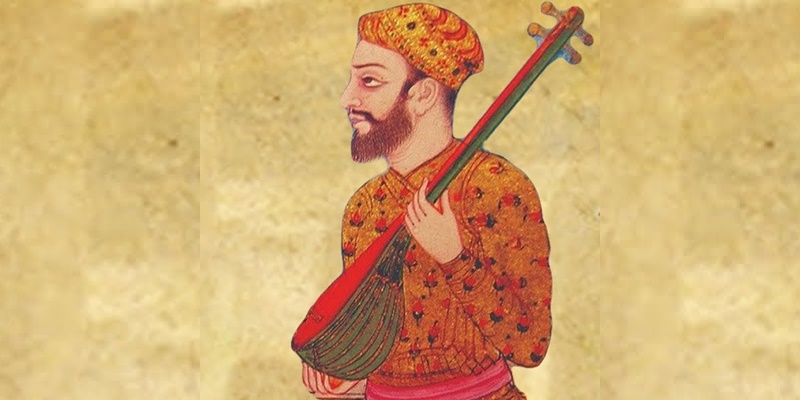How One British Law Sparked a Revolution in India– The Rowlatt Act of 1919
The year 1919 marked a turning point in India’s long and difficult struggle for independence from British rule. The introduction of the Rowlatt Act—a harsh and unfair law—exposed the true nature of British control. It ignited anger and resistance across the country, becoming a powerful catalyst in India’s push for freedom. Let’s look at what the Rowlatt Act was and how it changed the course of history.
What Was the Rowlatt Act?
The British introduced the Rowlatt Act in March 1919. Officially known as the Anarchical and Revolutionary Crimes Act, it was designed to stop revolutionary activities in India. But in reality, it was a tool to crush dissent.
This law gave British officials the power to arrest and detain anyone suspected of anti-British activity without a trial. People could be locked up for months without even knowing what they were accused of. The Act also allowed for strict censorship of newspapers and control over public meetings.
Why Did the British Pass It?
The British were feeling uneasy. World War I had just ended, and while Indians had supported Britain by sending soldiers and resources, there was growing unrest in the country. Many Indians were hopeful that after the war, Britain would reward them with greater political freedoms or steps toward self-rule. Instead, the British clamped down even harder.
The Rowlatt Act came from a place of fear—fear that the growing nationalistic movements, like those led by Mahatma Gandhi and Bal Gangadhar Tilak, would lead to a loss of control over India. Britain wanted to silence these voices and stop any revolutionary activity before it gained momentum.
India’s Reaction: A Nation Outraged
The Indian people were outraged by the Rowlatt Act. They saw it as a betrayal. How could the British claim to bring “justice” and “civilization” to India while passing a law that took away basic rights like the right to a fair trial?
Mahatma Gandhi, a leader who had been advocating for nonviolent resistance, launched a countrywide protest against the Act. He called for a Hartal (a day of nonviolent strike) on April 6, 1919. People from all over India, regardless of their religion, caste, or background, came together to protest. Shops were closed, and marches were held. It was a rare moment of unity among Indians who were fed up with the British rulers.
The Jallianwala Bagh Massacre: The Aftermath of the Protests
What followed the protests was a turning point that shocked the world and forever tainted British rule in India—the Jallianwala Bagh massacre.
On April 13, 1919, just days after the protests began, a large, peaceful crowd gathered in Jallianwala Bagh, Amritsar, to protest the Rowlatt Act. British General Reginald Dyer decided to make an example of the gathering. Without any warning, he ordered his troops to fire into the unarmed crowd, including women and children. For ten minutes, the soldiers fired relentlessly, leaving at least 379 dead and over 1,200 injured, though many believe the death toll was much higher.
This shootout shocked entire India and the world. It exposed the brutal lengths to which the British would go to maintain control. Indians could no longer see the British as benevolent rulers. Their true oppressive nature had been revealed.
A New Wave of Nationalism
The Rowlatt Act and the Jallianwala Bagh massacre gave rise to a new wave of Indian nationalism. The old belief that the British were ruling India for its own good was shattered. Even those who had once been loyal to the British Crown could no longer ignore the cruelty of colonial rule.
Mahatma Gandhi intensified his call for Satyagraha—a nonviolent resistance movement. He knew that the days of pleading for small reforms were over. India needed complete independence, or Purna Swaraj.
Leaders like Jawaharlal Nehru and Subhas Chandra Bose gained support, and more Indians became involved in the freedom struggle. Even those who had stayed out of politics before were now drawn into the cause. It was no longer just about political change—it was about reclaiming the dignity and rights of the Indian people.
The End of British Rule Begins
The Rowlatt Act, instead of silencing India, made the country’s call for freedom louder. It united people across regions and religions in a common cause against British oppression. It sowed the seeds for future movements like the Non-Cooperation Movement in 1920 and eventually led to the end of British rule in 1947.
While it would take nearly three more decades of struggle, the Rowlatt Act was one of the key moments that showed the British Empire that its days in India were numbered.
Conclusion
The Rowlatt Act of 1919 was a turning point in the history of India’s freedom struggle. It exposed the true nature of British colonialism and stirred a wave of resistance that could not be contained. From the ashes of oppressive laws and the blood spilled at Jallianwala Bagh, a new India began to rise—an India determined to break free from the chains of British rule.
In the end, the Rowlatt Act was not just a law—it was a spark. A spark that lit the flame of independence, one that would burn until India finally stood free.



[url=https://kg.ndt.su]черная магнитная суспензия[/url] – кассеты для рентгеновской пленки, магнитный контроль
[url=https://uralteh.ru/catalog/kranyi-konsolnyie/kran-konsolnyij-elektricheskij-ut-440]кран консольный электрическая[/url] – кран балки опорные, доставка в россию